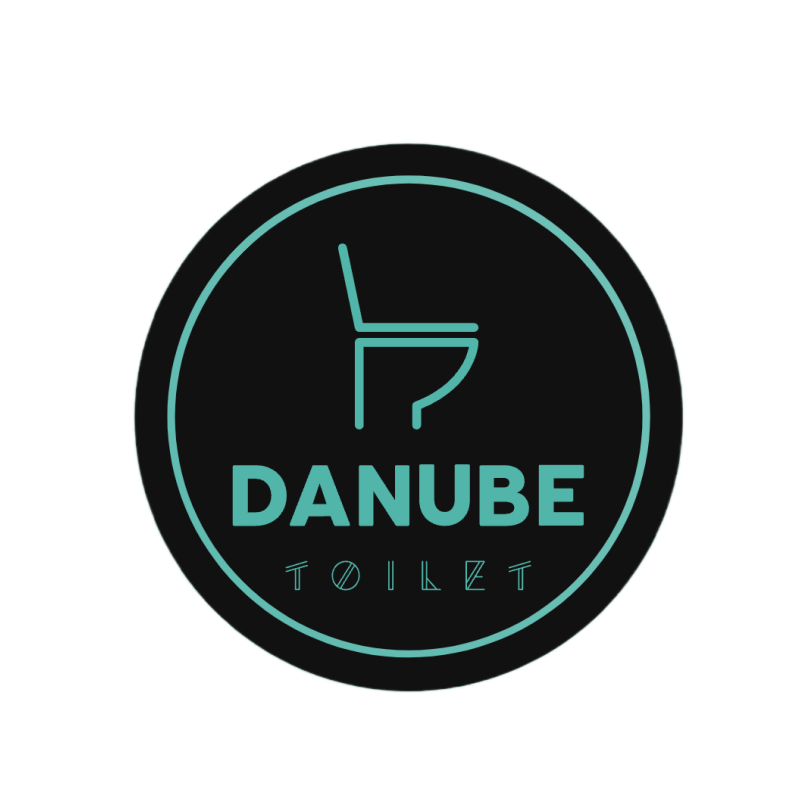When it comes to bathroom design in architectural projects, the flush volume of a toilet—measured in gallons per flush (GPF)—is a critical factor. Especially with the growing importance of green building standards, choosing between a 1.28 GPF and a 1.6 GPF toilet is no longer just about flushing power. It’s now a question of water regulations, green certifications, project budgets, and end-user experience.
In this in-depth article, we’ll explore the differences between these two flush volumes, where each is commonly used, and what global procurement trends are saying. We’ll also include a detailed comparison table and FAQs to help developers, contractors, and procurement professionals make smarter choices for their bathroom installations.
What Is the Difference Between 1.28 GPF and 1.6 GPF?
- 1.6 GPF (approximately 6 liters) has been the standard flush volume in many countries for decades and is representative of traditional toilet designs.
- 1.28 GPF (about 4.8 liters) is classified as a high-efficiency toilet (HET). It complies with EPA WaterSense and LEED water efficiency requirements, making it a preferred choice for modern eco-friendly buildings.
Although the difference is just 0.32 gallons, over time and across large-scale commercial or residential developments, the water and cost savings are significant.
Who Uses What in Global Markets?
Different countries and regions vary in their adoption of GPF standards:
- United States: Several states mandate 1.28 GPF toilets (e.g., California, New York), emphasizing high environmental standards.
- Canada: Gradually transitioning to 1.28 GPF in large-scale projects and public facilities.
- Middle East: Prefers 1.28 GPF models for large commercial developments due to water scarcity.
- Australia: Dual flush systems are standard; 1.28 GPF (or lower) is used for low-volume flushes.
- Southeast Asia & South America: Still widely use 1.6 GPF, especially where water pressure is less stable.
Side-by-Side Comparison: 1.28 GPF vs. 1.6 GPF Toilets
Here is a detailed table to help compare key features of 1.28 and 1.6 GPF toilets:
| Feature | 1.28 GPF Toilets | 1.6 GPF Toilets |
|---|---|---|
| Flush Volume | ~4.8 liters per flush (1.28 gallons) | ~6 liters per flush (1.6 gallons) |
| WaterSense Certified | ✅ Yes | ❌ Mostly no |
| Water Savings | Up to 16,500 gallons/year per household | Less efficient in long-term savings |
| Flush Performance | Requires optimized design | Typically strong flush force |
| Regulation Compliance | Meets U.S. and Canadian water laws | May not be allowed in new projects |
| Product Cost | Slightly higher; eligible for green credits | Slightly lower initial cost |
| Recommended Applications | Hotels, offices, residential buildings | Older buildings, low-pressure areas |
Regulatory Trends in the U.S. and Canada
In states like California, Texas, New York, and Washington, 1.28 GPF toilets are now legally required for new construction projects. They are also strongly favored in LEED certification and other green building rating systems.
In Canada, major cities like Toronto and Vancouver are pushing for WaterSense-certified toilets to align with national net-zero building goals.
How Are the Middle East and Asia Choosing?
In Middle Eastern countries such as Saudi Arabia, UAE, and Qatar, 1.28 GPF toilets are commonly used in hotels and commercial buildings. With limited water resources and government incentives for sustainable construction, the shift to high-efficiency toilets is accelerating.
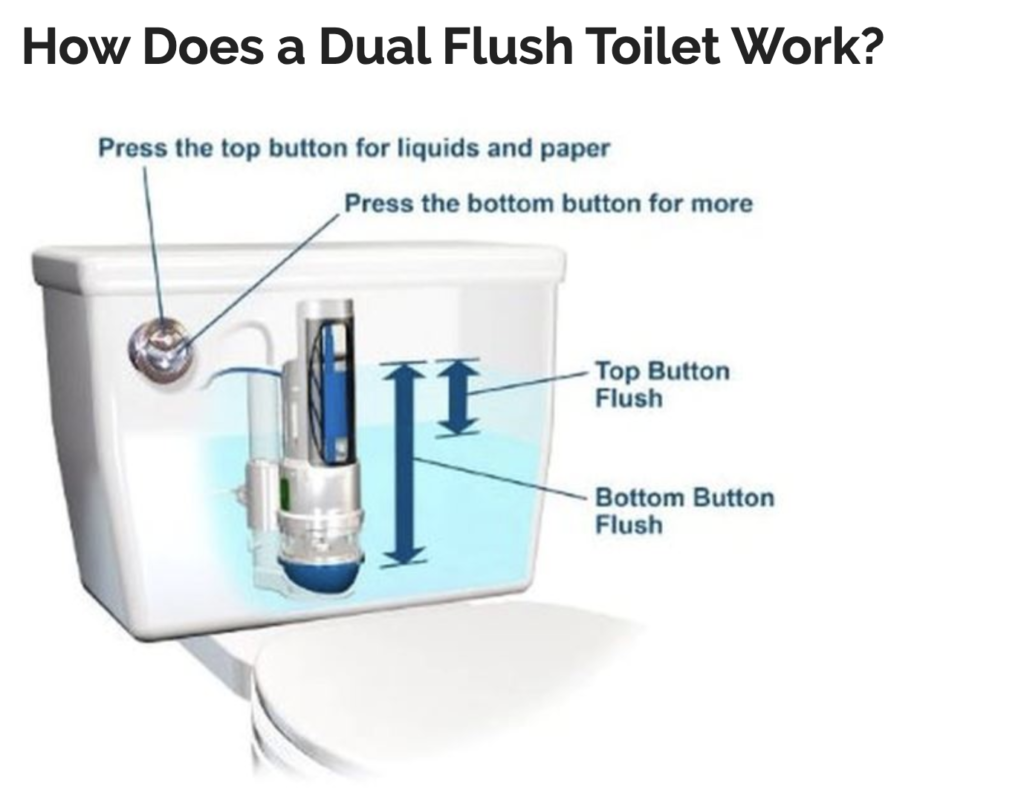
Meanwhile, in Southeast Asia, markets like Singapore and Malaysia prefer 1.28 GPF toilets for upscale condos and apartments. However, countries such as Indonesia and Thailand still rely on 1.6 GPF or dual flush models due to unstable water pressure in some regions.
5 Global Brands Driving High-Efficiency Toilet Trends (Excluding Danube)
1. Sloan (USA)
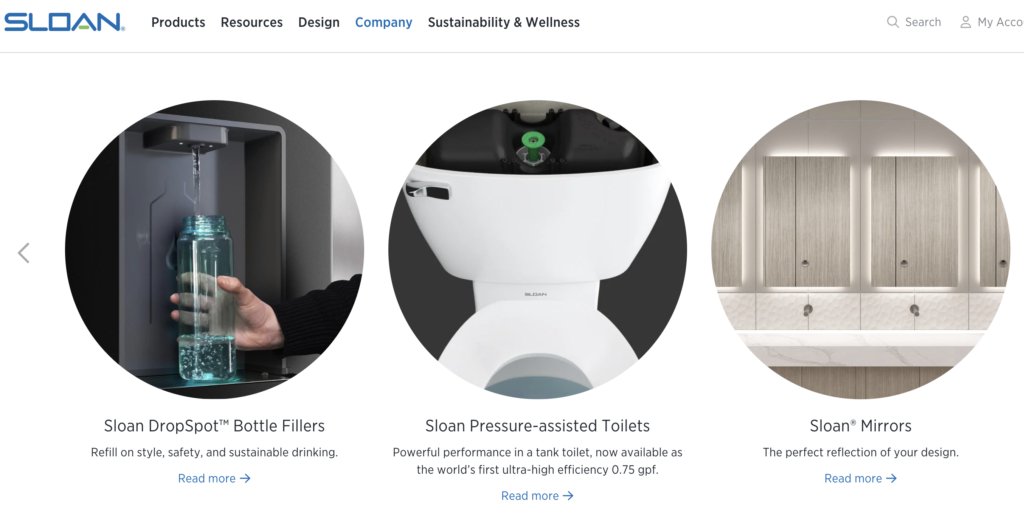
Known for commercial-grade water-efficient fixtures, Sloan offers several 1.28 GPF toilets and flushometers ideal for high-traffic environments like airports and hospitals.
2. Twyford (UK)
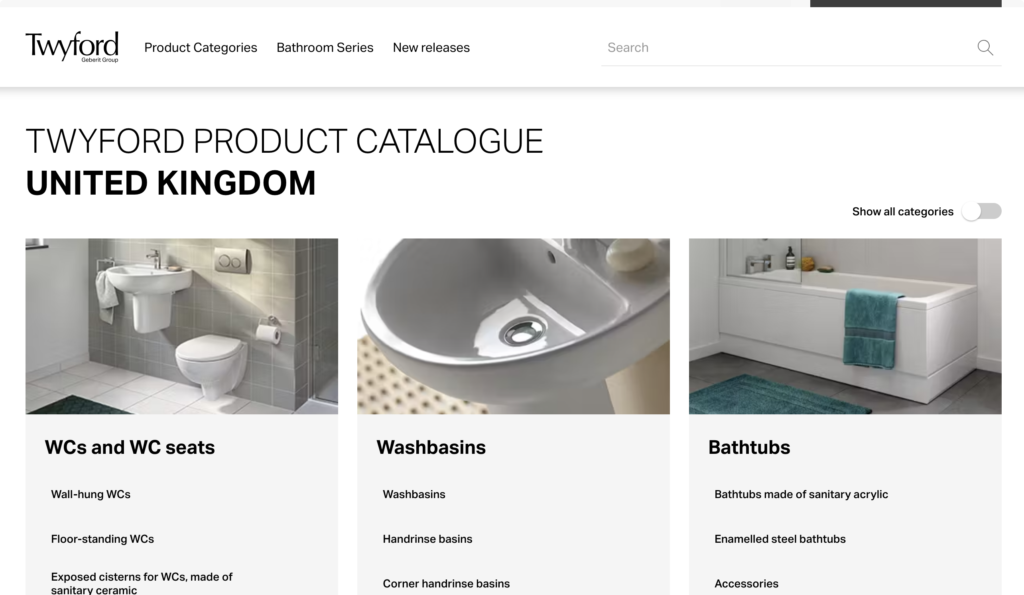
Catering to the European market, Twyford delivers toilets with CE and WaterSense certifications. Their sleek, modern designs are ideal for offices and hotels.
3. RAK Ceramics (UAE)
A regional leader in the Middle East, RAK produces a wide range of 1.28 GPF toilets specifically designed to meet local conservation regulations.
4. Duravit (Germany)
Duravit combines German engineering with sustainability. Their 1.28 GPF models are often used in luxury homes and hotels for both aesthetics and environmental responsibility.
5. Parryware (India)
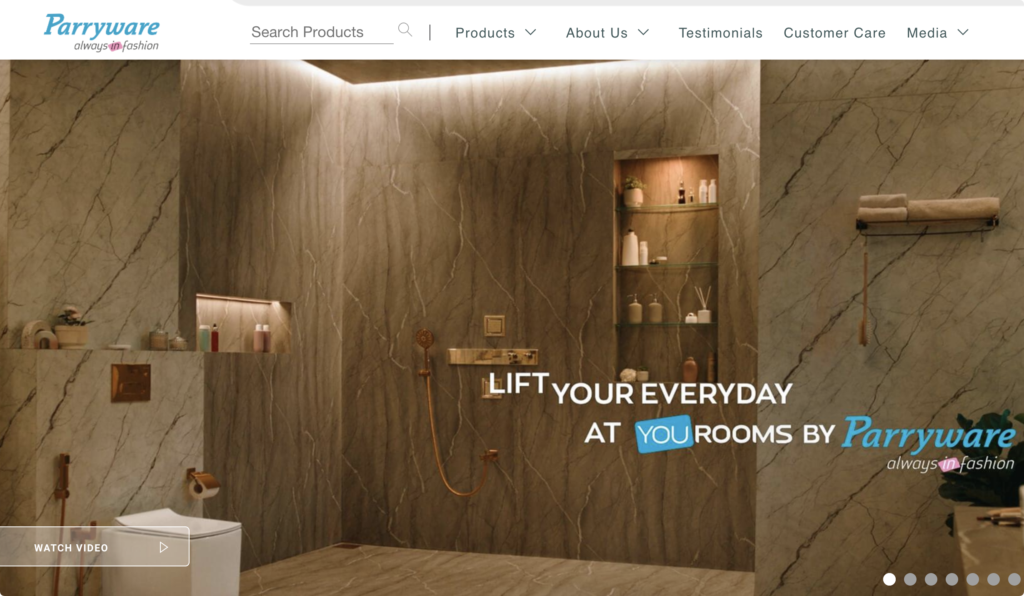
Parryware offers budget-friendly 1.28 GPF toilets for residential and commercial developments across South Asia. Their newer models address low water pressure conditions effectively.
FAQs: People Also Ask
Q1: Are 1.28 GPF toilets powerful enough?
Yes. Most modern 1.28 GPF toilets use advanced siphonic or dual-rim flush systems that match or exceed the performance of traditional 1.6 GPF units.
Q2: Should hotels install 1.28 GPF or 1.6 GPF toilets?
Hotels aiming for green certification or long-term utility savings should opt for 1.28 GPF. These models also support a more sustainable brand image.
Q3: Are government buildings required to use 1.28 GPF?
In many U.S. states and Canadian provinces, public projects such as schools and municipal buildings must use WaterSense-labeled 1.28 GPF toilets.
Q4: What if my building has low water pressure?
Choose a 1.28 GPF model designed with pressure-assisted or gravity-fed systems to ensure reliable flushing in low-pressure environments.
Q5: Are 1.28 GPF toilets more expensive?
Initially, yes—slightly. But over time, the water savings and potential for green building incentives can more than make up for the higher upfront cost.
Final Thoughts: Sustainable Design Begins with the Flush
As water conservation becomes a global priority, choosing 1.28 GPF over 1.6 GPF isn’t just a technical upgrade—it’s a smart move toward sustainability. For developers, architects, and bathroom solution buyers worldwide, picking the right GPF can impact long-term building value and environmental footprint.
📦 Danube is a professional bathroom factory based in China, specializing in ceramic toilets, wash basins, bathroom vanities, smart toilets, and smart mirrors. We offer OEM and ODM manufacturing services for global hotel projects, architectural developments, and premium sanitary brands. With a deep understanding of water regulation standards across different countries, we help clients develop GPF-compliant bathroom products suited for export and regional requirements.
